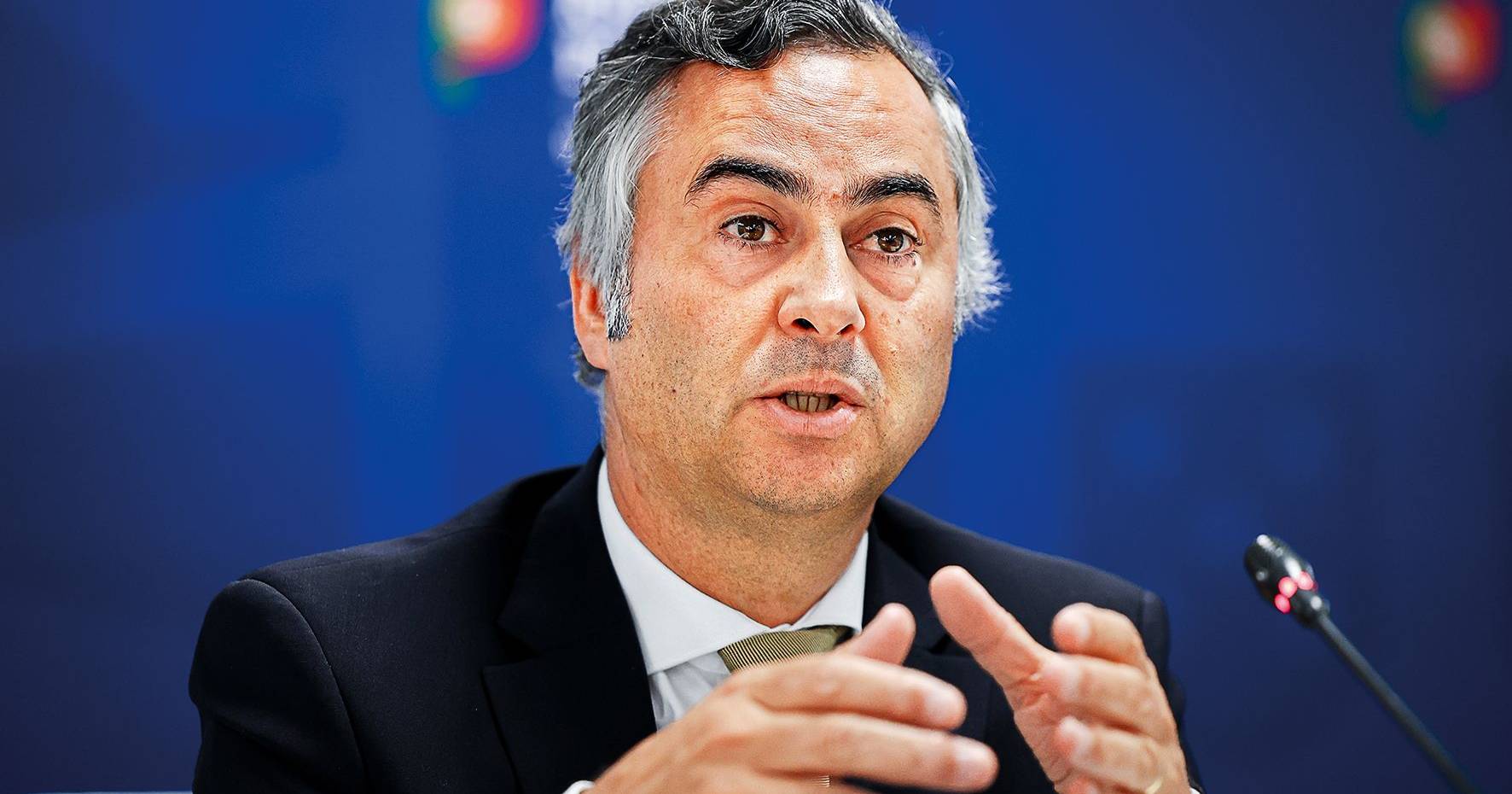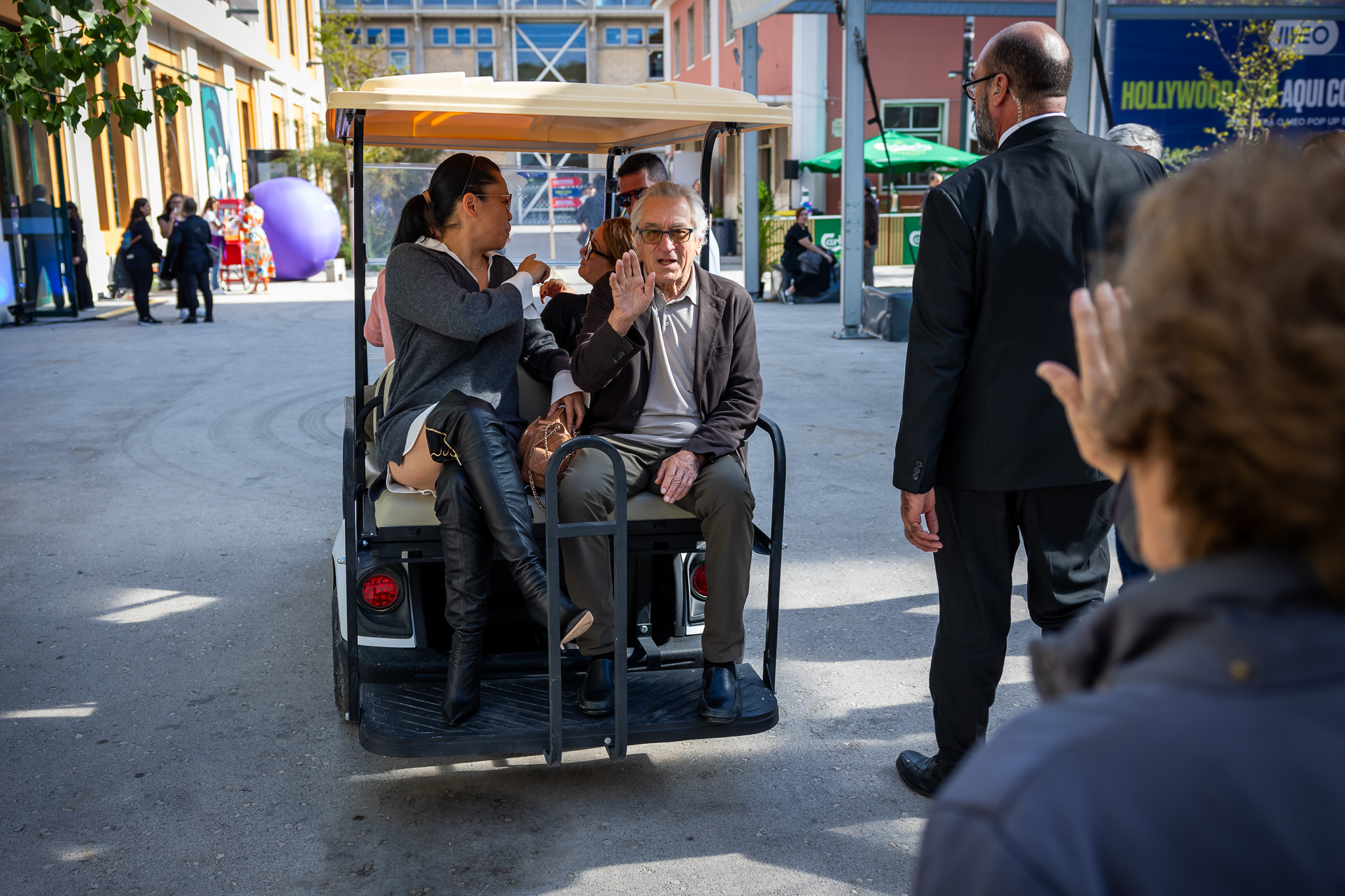A recent study on Lisbon's cycling network safety highlights significant risks for cyclists. The Automóvel Clube de Portugal (ACP) conducted an analysis of approximately 50 kilometers of bike lanes in Lisbon, revealing that 22.09% (11 km) are at high or extreme risk, primarily due to collisions between vehicles and bicycles.
Key Findings:
- 53.53% of the bike lanes are at medium risk.
- 24.38% are considered low risk.
The study, titled "Avaliação de risco das ciclovias de Lisboa," utilized the CycleRAP methodology to assess the safety of cycling infrastructures by anticipating collision risks. It found that 7.18% of the routes are at extreme risk and 14.91% at high risk.
Major Concerns:
- Vehicle-bicycle collisions are the most significant issue, with 49.83% of lanes at reduced risk, 29.81% at medium risk, 13.24% at high risk, and 7.13% at extreme risk.
- Rua Castilho was identified as a particularly dangerous segment, with 0.6 kilometers at 100% risk, lacking physical barriers and fully exposed to car traffic.
Proposed Solutions:
- Relocating bike lanes to the opposite side of the street with full physical segregation could eliminate conflicts with vehicles and reduce interactions with pedestrians.
- Avenida Almirante Reis, once a contentious cycling route, has seen dramatic improvements, with over 80% of the corridor now at low risk and no extreme-risk segments remaining.
- Avenida de Berna also showed significant improvement after interventions, with 84.95% of the route at low risk globally.
The study emphasizes that targeted interventions can reduce overall risk levels by up to 68%, providing a strong evidence base for prioritizing future infrastructure investments. The methodology can be replicated in other cities like Porto or Coimbra to enhance cyclist safety and encourage sustainable mobility options.
































Comments
Join Our Community
Sign up to share your thoughts, engage with others, and become part of our growing community.
No comments yet
Be the first to share your thoughts and start the conversation!